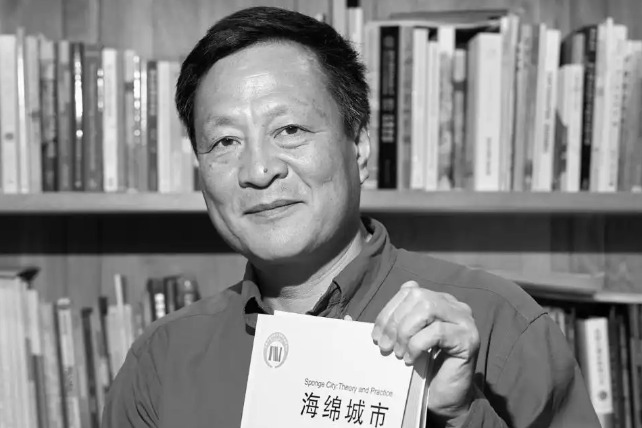Pool of skilled workers widens
Training programs, better rating system help professionals reap rewards

China has made continuous efforts to turn demographic dividend into "talent dividend" during the 14th Five-Year Plan period (2021-25) by cultivating technical professionals, skilled workers and invigorating people to take up new professions arising from industrial transformation, said senior officials.
Wang Xiaoping, minister of human resources and social security, summarized the nation's progress in developing human resources and training skilled workers in the past few years at a news conference in Beijing on Friday. She said that China, at present, has over 80 million technical professionals and 220 million skilled workers, of whom around 72 million are highly skilled.
The ministry has recognized 72 new professions during the period — including generative artificial intelligence system operator, elderly care service provider and cross-border e-commerce operator — and published 328 national profession standards to improve the working environment and unleash people's passion for exploring new skills.
"Cultivating skilled workers is of great importance to developing a quality workforce. The skilled have offered strong and solid support to China's self-reliance in developing high technology, and have also promoted the modernization of the industrial system," Wang said.
Noting the success in producing such a large population of skilled workers and technical professionals, the minister said these results are the fruit of the nation's efforts to organize skills training programs, effective communication between companies and vocational schools as to their modes of producing skilled talent, besides a better skills level rating system.
She disclosed that during the Plan period, government-subsidized skills training programs have been provided for enterprise employees and migrant workers over 42 million times and 31 million times, respectively, noting that vocational schools and companies have also been in closer cooperation to tailor the teaching content to be a better fit for market needs.
Wang said that about 44 million people have gained authorized skills level qualifications since 2021 and 6,000-plus have been titled senior skilled workers and chief technical engineers thanks to the optimized State-level rating system for the skilled in recent years.
She pointed out that skilled workers and technicians have gained increased social status and honors during the period, and the government has intensified efforts to organize skills competitions to give workers and students a stage to show their talent.
Citing the recently concluded third national skills competition in Zhengzhou, Henan province, the minister said it attracted nearly 200,000 people watching both on-site and online, with topics online viewed 1.2 million times, heightening the public's recognition of the skilled.
"Enhancing skills training can also help ease China's employment problem of imbalance in human resources supply and market demand," Yan Qinghui, vice-minister of human resources and social security, emphasized at the news conference.
He announced that the ministry will use three years — 2025 to 2027 — to train 30 million people for industries in dire need of skilled workers including AI, digital economy and elderly services.
Other progresses were also highlighted. The ministry said that as of the end of August, about 59.21 million people have landed jobs in urban areas, exceeding the target of 55 million set in the 14th Five-Year Plan. The surveyed unemployment rate in urban areas averaged 5.3 percent in past four years, which is lower than the set target of 5.5 percent.
The nation's basic pension insurance has covered 1,072 million people.
chengsi@chinadaily.com.cn
- Pool of skilled workers widens
- China increases basic pensions by another 2%
- Traditional medicine has key role in global scenario, SCO forum stresses
- China concludes 15th Arctic Ocean scientific expedition
- Global peace-loving representatives attend conference in Beijing
- Beidou technology revolutionizes daily life applications




































